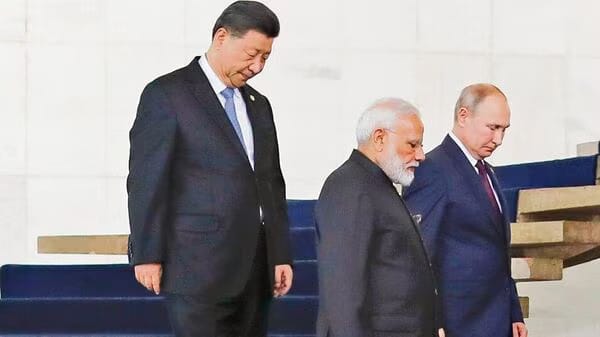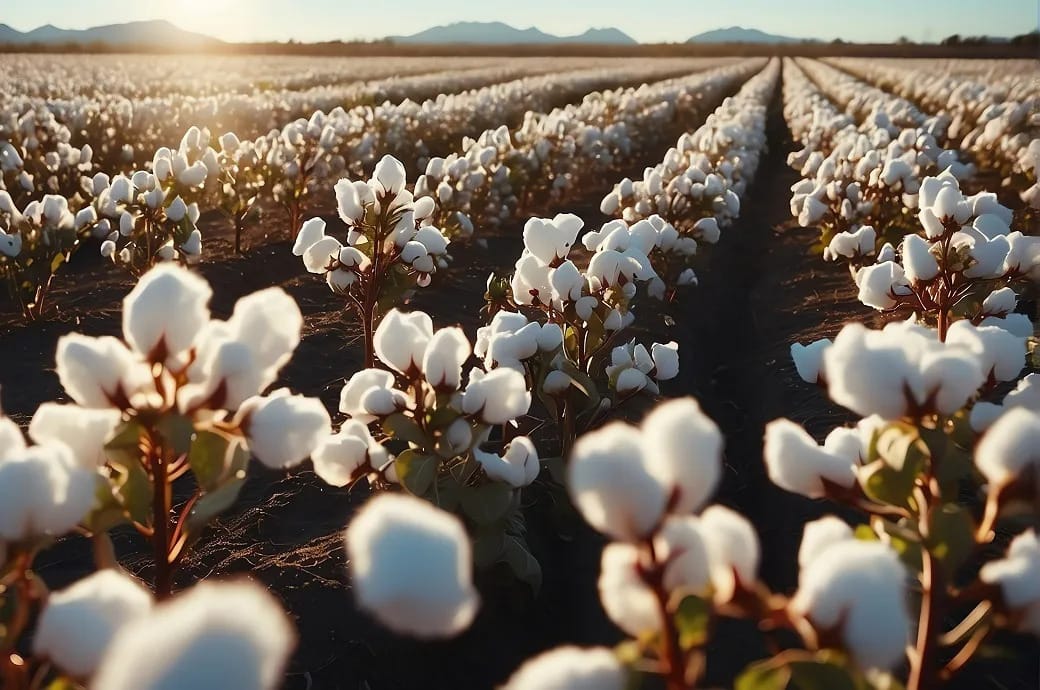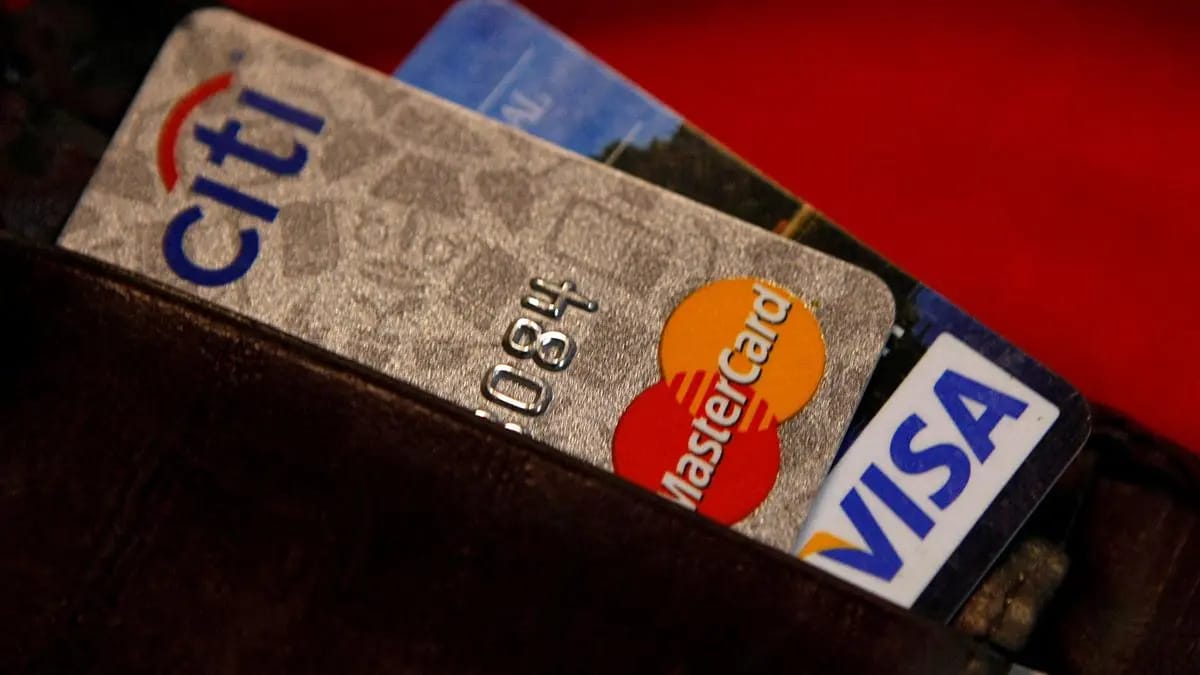- Hanoomaan India Business
- Posts
- Modi’s Bold Asia Pivot: Strategic Ties with China, Japan & Russia to Offset U.S. Tariff Heat
Modi’s Bold Asia Pivot: Strategic Ties with China, Japan & Russia to Offset U.S. Tariff Heat
Also, learn how India’s credit card spending hit a record high.

Read time: Under 4 minutes
Welcome Back Investor!
The rupee’s comeback faded as fast as a pop-up umbrella in a monsoon. It briefly rallied to ₹87.5250, only to weaken back to around ₹87.6575 as importers scrambled to hedge against looming U.S. tariffs - fueling stubborn dollar demand. With traders eyeing Reserve Bank of India intervention, the key question is: will the rupee hold its ground between ₹87.50 - ₹88, or slide into the ₹88 - ₹88.50 zone in the weeks ahead?
Let’s dive in!
But before we start!
If you find the contents of this email useful, subscribe now & share with your friends.

Today’s Market Menu
▪️ Impact News
▪️ Markets
▪️ Everything else you need to know today
▪️ Special
▪️ Mindset
▪️ Stock Screener to up your game
IMPACT NEWS
Modi’s Asia Pivot: Countering Tariff Heat with Strategic Ties

Prime Minister Narendra Modi has embarked on a crucial Asia tour, seeking to soften the blow of Washington’s steep 50% tariffs on Indian exports. His itinerary includes China, Japan, and Russia - each visit carrying strategic weight in reshaping India’s trade and diplomatic playbook.
In Japan, Modi is courting up to ¥10 trillion in investments, targeting advanced manufacturing, critical minerals, and clean energy - areas that align with India’s long-term growth ambitions. The talks also underline Japan’s role in the Quad, adding a layer of security cooperation to the economic dialogue.
Meanwhile, Modi’s first visit to China in seven years signals a pragmatic reset. India is exploring ways to ease restrictions on Chinese investments and revive smoother trade channels, even as broader geopolitical tensions linger. His stop in Russia further emphasizes energy security and technology partnerships.
This tour reflects India’s bid to pivot eastward, strengthening regional alliances to reduce over-reliance on the U.S. market. With tariffs threatening exporters back home, Modi’s diplomatic balancing act could redefine India’s role in the shifting global order.
MARKETS
On August 28, 2025, Indian equities faced a sharp sell-off, with the Sensex sliding more than 700 points and the Nifty sinking under 24,550. The slump was triggered by Trump’s steep 50% tariffs on Indian exports, sparking panic among investors and accelerating foreign fund withdrawals. With IT, banks, and midcaps leading the decline, markets look set for continued volatility unless relief comes from trade talks or strong domestic support.
Closing figures as on 28.08.25 (3.30pm IST)
🔻 SENSEX | 80,080.57 | -0.87% |
🔻 NIFTY 50 | 24,500.90 | -0.85% |
🔻 NIFTY BANK | 53,820.35 | -1.16% |
🔻 NIFTY Midcap 100 | 56,047.50 | -1.27% |
🔻 NIFTY Smallcap 100 | 17,294.35 | -1.45% |

🔎 In Focus
Stock Performance:
Top Gainers
✅ Kalyan Jewellers (+2.36%): Jumped as jewellery exporters pushed for a government relief package to offset U.S. tariffs. Strong Q1 earnings (profit up 49% YoY) added shine.
✅ Titan (+1.22%): Rose in sympathy with sector optimism; investors bet on its premium brand power holding strong despite global trade pressure.
✅ Jindal Stainless (+1.41%): Benefited from steady demand for metals; seen as a safer play amid market volatility.
✅ UNO Minda (+1.47%): Modest gains as auto-component demand remains resilient despite sector-wide jitters.
Top Losers
🔻 Adani Total Gas (-6.79%): Tanked on worries over rising input costs and shrinking margins, as cheaper domestic gas supply fell short.
🔻 Aditya Birla Fashion (-5.43%): Slid as tariff tensions cloud consumer demand and discretionary retail sentiment.
🔻 InterGlobe Aviation (IndiGo) (-5.34%): Fell on concerns over higher fuel costs and weaker passenger traffic outlook.
🔻 Poonawalla Finance (-5.10%): Dropped with financials under pressure from risk-off sentiment and credit growth concerns.
INDIA FRONTIER
Everything else you need to know today

🧵 Surge: India just dropped a lifeline for its textile exporters - extending duty‑free cotton imports until December 31. With US tariffs soaring above 60%, this move could help bring down input costs, soothe volatile cotton prices, and keep small and midsize players afloat.
🏅 Bold: India's cabinet has given the green light to an audacious 2030 Commonwealth Games bid, with a massive 132,000‑seat stadium named after PM Modi in the works. More than a sports bid, this is a push to ignite national pride, energize local businesses, and polish India's global standing - especially eyeing the 2036 Olympics.
🪙 Steady: Gold’s holding its ground, steadying after a two‑day climb as markets lean in for key US inflation data. Traders are watching the Fed’s preferred inflation gauge - personal consumption numbers - to see if it’ll cool rate‑cut hopes.
💌 Bridge: A once-secret letter from Xi Jinping has resurfaced and is being credited with reviving India‑China ties at a time when Trump’s tariff barrage strained them. Its contents - expressing concern over US deals that might harm China - seem to have hit just the right diplomatic note to reset the relationship.
SPECIAL
India’s Credit Card Spending Hits Record ₹1.93 Lakh Crore in July

India’s credit card spending touched a record high of ₹1.93 lakh crore in July 2025, according to the latest RBI data. This marks a 6% jump from June and a sharp 12% rise year-on-year, signaling strong consumer confidence and rising digital adoption.
Spending growth was driven by both point-of-sale (POS) transactions, which climbed 4.3%, and other payments, which rose 6.7%. Interestingly, while domestic transactions soared, international spending dipped, reflecting changing consumer priorities.
Adding to the momentum, 4.2 lakh new credit cards were issued in July, pushing India’s total active card base beyond 11 crore. However, the surge came with a caveat fraud claims also rose, highlighting the need for stronger security measures as digital payments expand.
The trend underscores India’s growing reliance on credit-driven consumption, from travel and lifestyle purchases to everyday expenses.
THE HANOOMAAN INSTITUTE
💡 Status vs. Substance: What the Rich See Differently

For many in the middle class, certain purchases feel like milestones of success. A new luxury car, the latest gadget, or that flashy watch often becomes a “status symbol.” But the wealthy? They know these aren’t wealth builders - they’re wealth drainers.
Here are five things often mistaken as status but aren’t true indicators of wealth:
1️⃣ Luxury Cars: A depreciating asset that looks good on Instagram but bleeds value the moment it leaves the showroom.
2️⃣ Designer Clothes & Watches: Nice to have, but they don’t create income or freedom.
3️⃣ Big Houses: High mortgages, high maintenance, low liquidity.
4️⃣ High-End Tech & Gadgets: Exciting short term, obsolete in 12 months.
5️⃣ Fancy Vacations: Great memories, but zero compounding returns.
The rich view money differently: instead of chasing appearances, they chase assets that grow - businesses, equities, real estate, or skills that multiply income. Their “status symbols” aren’t on display; they’re quietly working in the background, compounding over decades.
👉 Real wealth isn’t about what you show. It’s about the freedom you own.
SUPERCHARGE YOUR INVESTING SKILLS
STOCK SCREENER TO UP YOUR GAME
Coffee Can Portfolio
by - Ashutosh
Sales growth > 10% AND
Sales growth 10Years > 10% AND
Return on equity > 15% AND
Average return on capital employed 10Years > 15% AND
Market Capitalization > 1000
Thanks for reading.
Until tomorrow!
Hanoomaan India Business team
Content, news, research, tools, and securities symbols are for educational and illustrative purposes only and do not imply a recommendation or solicitation to buy or sell a particular security or to engage in any particular investment strategy. More details click here